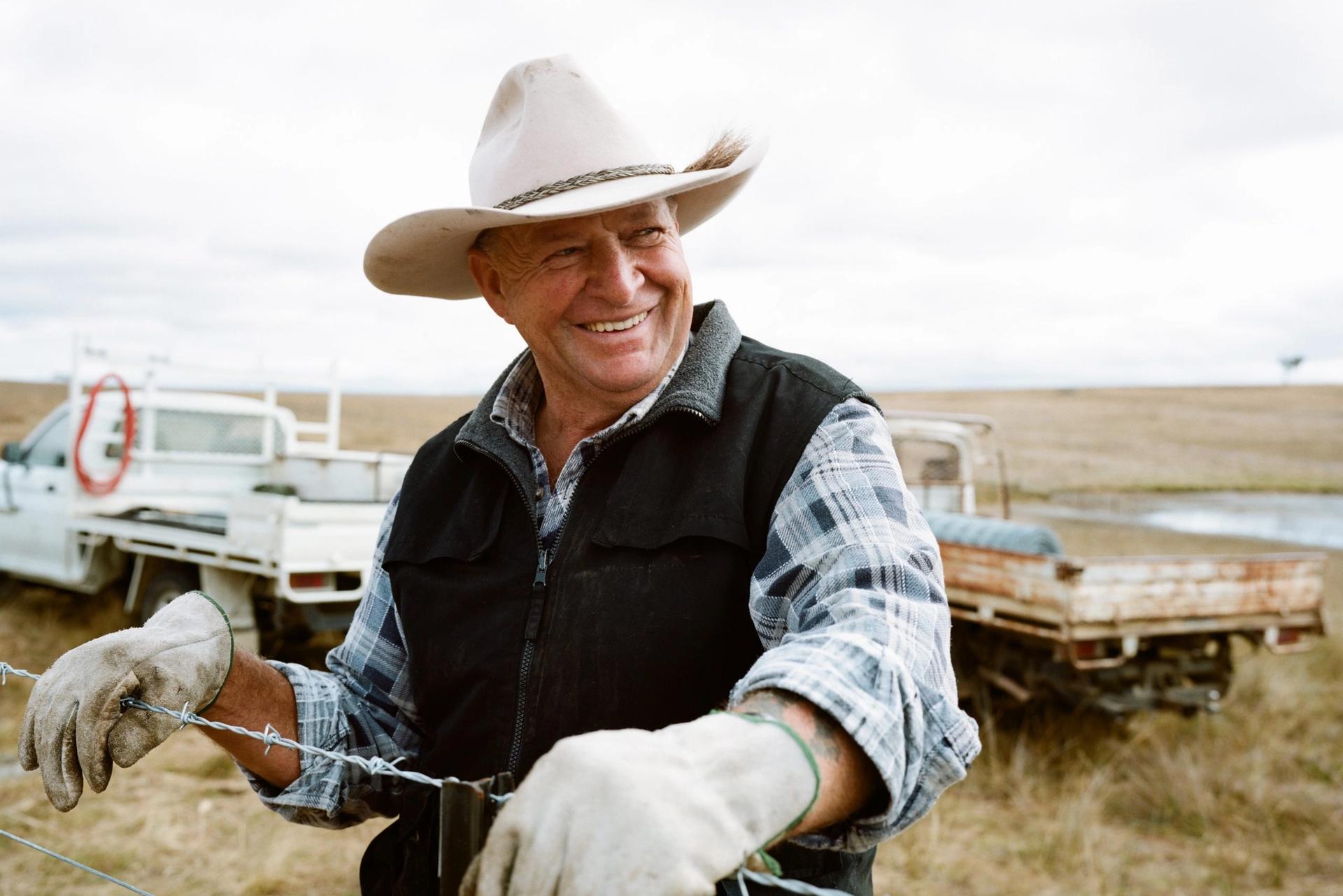Between floods, supply chain constraints, labour shortages, cool relations with our largest trading partner and rising fuel costs, the agriculture sector is facing significant pressure which could result in serious financial distress for many Australian farmers and agricultural businesses.

In my geographic region of Central West NSW, I am witnessing stresses facing businesses who have only just started to recover from the end of the long drought in 2020. It seems the agricultural industry can’t cop a break.
Small business lending interest rates increased significantly as RBA increases the cash rate for the eighth consecutive month.
Added to that fuel prices have been driven upwards due to both global and domestic factors. Statistics from ABS show that Articulated Trucks (semi-trailers) travel an average of 78,300 km per vehicle in 2020, which equates to around 40,000 litres of diesel. In October 2021 the cost of diesel would have been $63,000. Within a year, it’s jumped to around $85,000, a staggering 35% increase in fuel costs. In addition, tax credits for fuel ended in Spetmeber, adding further pressure to business bottom lines.
Coupled with environmental and economic stresses, Government support of Australia’s agricultural sector is very low compared to the rest of the OECD, at just 2.5% compared to an OECD average of 15.1%[1]
COVID-19 seriously disrupted international container and air freight routes, resulting in higher prices for consumers, and travel restrictions reduced the availability of seasonal workers.
The forestry industry is also suffering as a result of the catastrophic bushfires on 2019/20 with wood processing industry issues impacting residential construction activity. Residential construction is the single largest user of softwood sawnwood products in Australia, and accounts for a significant proportion of the demand for wood-based panel products.[2]
It’s little wonder agricultural businesses and associated industries are starting to feel the pinch. Some buinesses will still thrive, but for some it may be one knock too many on the back of the extended drought. The key to business continuity is to seek finaincial advice early. Look for the warning signs that signal financial distress.
Early intervention measures could be the difference between business continuity and liquidation.
Some of the signs to look for include:
- Ongoing Business losses – If your business has been trading at a loss for two years or more, review and streamline or cut any low or non-performing investments or processes. A professional can help you to identify where your business could make further savings.
- Unable to pay tax debts – It’s not unusual to use money set aside for tax to meet wages and supply costs although it’s not a sound buiness practise. Tax debt can result in interest and penalties, making the situation worse. You can try to negotiate a repayment plan with the ATO to avoid any penalties.
- Unable to meet Superannuation contributions – If you cannot pay emplpoyees’ superannuation, the outstanding amount will become ATO debt under the Superannuation Guarantee Act. It will accrue interest and penalties with the ATO and could see directors of the company personally liable for failure to pay.
- Debt, demands and no access to credit – If you are unable to get access to credit, extend your existing lines of credit, are in receipt of payment demands, or have suppliers insisting you pay COD only, it’s time to speak to an insolvency expert who may be able to identify alternative payment arrangements to give you some breathing space, or free up some cash to continue trading.
Speaking to a financial adviser or insolvency expert (https://www.mackaygoodwin.com.au/contact/) doesn’t necessarily mean the end of your agricultural endeavours. If you seek advice as soon as you see the warning signs it could result in a restructure so you can continue trading.
This article is not to be used as financial advice and is for information purposes only. David Hurst is a director and business advisor for Mackay Goodwin, one of Australia’s leading business advisory and restructuring firms. He advises businesses in Central West NSW and Western Sydney areas.
[1] Australian Bureau of Agricultural and Resource Economics and Sciences (ABARES)
[2] https://www.agriculture.gov.au/abares/products/insights/effects-of-bushfires-and-covid19-forestry-wood-processing-sectors
Get in touch
Speak to one of our experts now for a free consultation. Enter your details below or call 1300 750 599.

